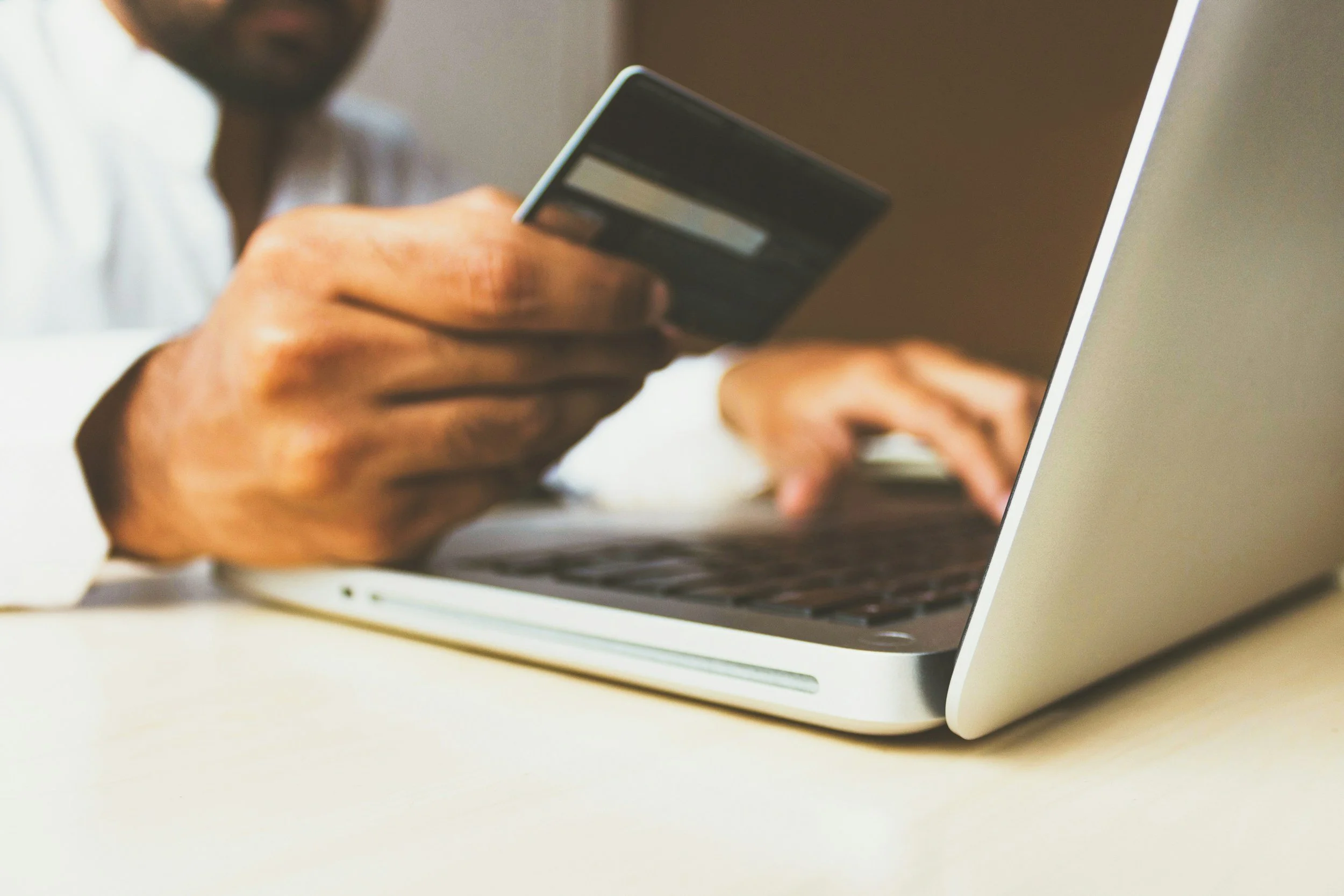When Online Shopping Becomes Compulsive: How to Help a Loved One
In today's digital age, the convenience of online shopping has made purchasing goods easier than ever. But for some, what starts as a simple habit can spiral into a compulsive behaviour that disrupts finances, emotional well-being, and daily life. If you suspect a loved one is struggling with an online shopping addiction, it's crucial to recognize the signs and approach them with care. As an addiction specialist, I want to offer insights on identifying problematic behaviours and guiding them toward healthier spending habits.
Signs That Online Shopping Has Become a Problem
While occasional online purchases are normal, compulsive shopping—also known as oniomania or compulsive buying disorder (CBD) —can manifest in destructive ways. Look for these warning signs:
1. Financial Strain
- Maxed-out credit cards, hidden purchases, or frequent borrowing of money.
- Struggling to pay essential bills due to excessive spending.
2. Loss of Control
- Repeated attempts to stop shopping but failing.
- An overwhelming urge to buy something—even when unnecessary.
3. Emotional Triggers for Shopping
- Using shopping as a coping mechanism for stress, anxiety, or depression.
- Feeling euphoric while shopping but guilty or anxious afterward.
4. Neglecting Responsibilities
- Prioritizing shopping over work, family, or social obligations.
- Sneaking or lying about purchases to avoid confrontation.
5. Excessive Accumulation of Unused Items
- Packages arriving frequently with unopened or unnecessary products.
- Hoarding items, struggling to return purchases, or refusing to acknowledge wasteful spending.
How to Approach a Loved One About Their Shopping Addiction
Talking to someone about compulsive shopping requires empathy and patience. Here’s how to navigate the conversation:
1. Choose the Right Time and Setting
- Have the discussion in a calm, private environment where they feel safe.
2. Express Concern Without Judgment
- Use “I” statements rather than accusations. Example: “I’ve noticed you’ve been shopping a lot, and I’m worried about how it’s affecting you.”
3. Ask Questions and Listen Actively
- Encourage them to share their feelings. Many compulsive shoppers struggle with emotional distress.
4. Provide Support, Not Shame
- Avoid making them feel guilty—instead, offer solutions and encouragement for seeking help.
Solutions to Overcome Compulsive Shopping
1. Identify Triggers
- Encourage self-reflection on emotional states that lead to impulsive purchases.
- Suggest alternative coping mechanisms, like journaling or mindfulness.
2. Set Financial Limits
- Help them create a budget with clear spending boundaries.
- Consider blocking shopping websites or removing saved payment methods.
3. Delay Purchases
- Implement a 24-hour rule before buying non-essential items.
- Encourage prioritization of needs over wants.
4. Seek Professional Help
- Therapy—especially Cognitive Behavioral Therapy (CBT)—can help reshape impulsive habits.
- Support groups for financial addiction or compulsive behaviors offer accountability.
5. Replace Shopping With Meaningful Activities
- Encourage engagement in hobbies, social events, or exercise to shift focus away from buying.
Final Thoughts
Compulsive online shopping isn’t just about excess spending—it’s often an emotional escape that needs careful intervention. With awareness, support, and structured solutions, your loved one can regain control and build a healthier relationship with money.
If you’re navigating this challenge with someone close to you, remember: change is possible, and small steps lead to big breakthroughs.

